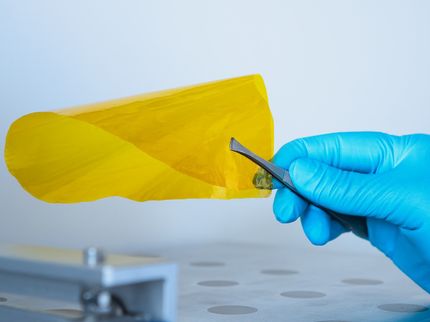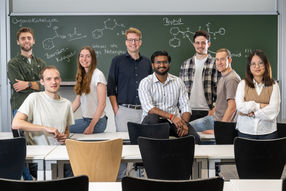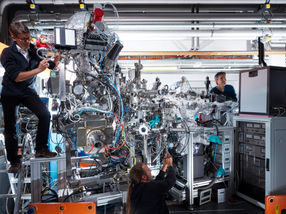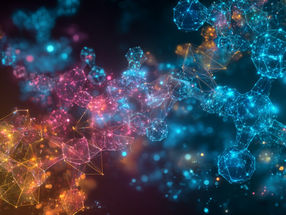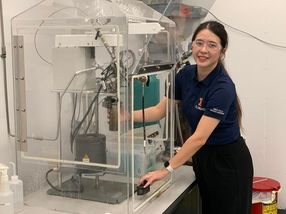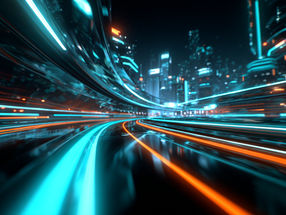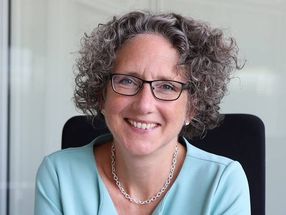Quantitative analysis of solvent effects on molecular recognition
Advertisement
Scientists in the UK are attempting to understand the host–guest chemistry of molecular cages in solution by separately quantifying the free energy contributions of (at least) three host–guest interaction mechanisms that usually work in unison: hydrogen-bonding, non-polar interactions and solvophobic effects.
The team have systematically looked at a series of guests (with/without π-stacking ability and different hydrogen-bond acceptor capabilities), within a water-soluble cubic coordination cage and an isostructural organic-soluble cage. Being able to quantify solvent effects associated with specific molecular substituents or functional groups will help in the design of hydrophobic cavities within coordination cages. Hydrophobic cavities can stabilise otherwise unstable molecular guests and catalyse reactions where the transition state matches the cavity size and shape.
Most read news
Other news from the department science

Get the chemical industry in your inbox
By submitting this form you agree that LUMITOS AG will send you the newsletter(s) selected above by email. Your data will not be passed on to third parties. Your data will be stored and processed in accordance with our data protection regulations. LUMITOS may contact you by email for the purpose of advertising or market and opinion surveys. You can revoke your consent at any time without giving reasons to LUMITOS AG, Ernst-Augustin-Str. 2, 12489 Berlin, Germany or by e-mail at revoke@lumitos.com with effect for the future. In addition, each email contains a link to unsubscribe from the corresponding newsletter.



